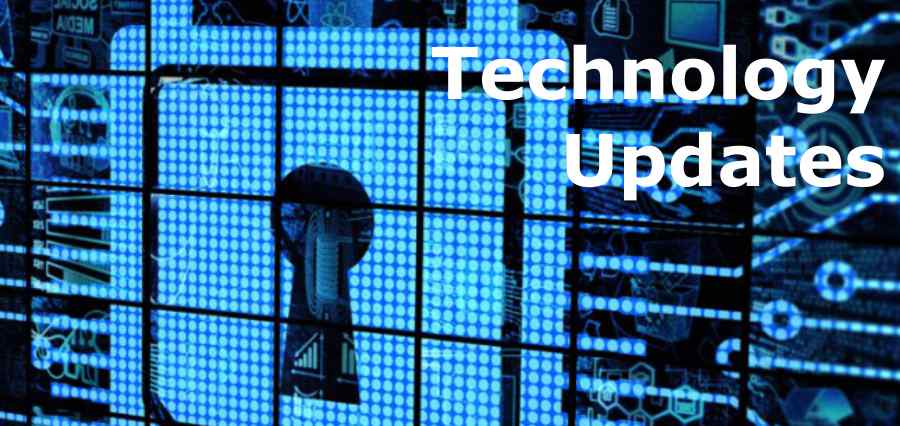Industrial principles that guide the work, ensuring the security, resilience, reliability, and stability of Internet applications, services and solutions is critical for promotion of trust and use of the Internet. As users of the Internet, we need to trust on the Internet, its applications, and the devices linked to it that are secure enough to do the kind of activities we wish to do online in relation to the risk tolerances associated with those activities.
The IoT is no different in this manner, and IoT security is fundamentally linked to the capability of the users to trust their environment. If people are not able to believe their connected devices, and the reasonable amount of security their information is provided, the resulting decrease in trust causes a reluctance to use the Internet.
This influences e-commerce globally, and notably technical innovation, free speech, and practically every other aspect of online activities. There is no doubt that ensuring security in IoT services and products should be considered topmost priority for the industry. As we are continually and increasingly connecting devices to the Internet, newer opportunities and segments to exploit potential security vulnerabilities grow. For sure, poorly secured IoT devices and networks serve as entry points for attackers and malwares by allowing malicious programmers to change the files or re-program a device or cause it to malfunction.
Furthermore, these types of devices can expose user data by leaving the data streams inadequately protected.
Competitive costs and technical as well as non-technical constraints on IoT devices raise challenges for manufacturers for designing security features into such devices adequately, and potentially creating security and long-term vulnerabilities greater than their traditional computing counterparts.
Concluding, while the concept of combining networks, sensors and computers, and when the concept of monitoring and controlling the devices has been around for years for now, the recent confluence of market trends and key technologies is ushering in a new reality for the ‘IoT’. This ensures to initiate in a revolutionary, fully interconnected and a smart world, with relationships between objects and their environment. Not only that, objects and people are going to become more and more tightly intertwined. The prospect of the IoT as a ubiquitous array of devices bound to the Internet might fundamentally change how people think, communicate and stay online.

Insights Success stands as the epitome of trust and authority. It has earned its reputation as the foremost source of business intelligence, providing readers with a gateway to the pulse of Bharat’s advancing business landscape.
Quick Links
Enquiry
info@insightssuccess.in
for more information on advertising opportunities with Insights Success magazine.
8793630422 / 24
Reach out to Us
Insights Success Media and Technology Pvt. Ltd.
512, Brand Square,
Kunal Icon Rd, Pimple Saudagar,
Pune, Maharashtra 411027
Building No: H2-10, Hustlehub Tech Park, ITI Layout, Sector 2, HSR Layout, Bengaluru, Karnataka 560102

